Source: Academic Headlines
Recently, Stanford University's Human-Centered Artificial Intelligence Institute (Stanford HAI) released the "2023 Artificial Intelligence Index Report" (Artificial Intelligence Index Report 2023). This is the sixth annual report released by the agency, which analyzes the impact of artificial intelligence and annual trends.
The new report reveals several key trends in the AI industry through 2022:
AI continues to post state-of-the-art results on many benchmarks, but year-over-year improvements are minimal in several areas. Additionally, the speed at which baseline saturation is reached is increasing. Many traditional benchmarks for measuring AI progress, such as ImageNet and SQuAD, seem to fall short. New, more comprehensive benchmark suites such as BIG-bench and HELM have been released to challenge increasingly powerful AI systems.
Generative AI models such as DALL-E 2, Stable Diffusion, and ChatGPT have become part of the trend of the times. They display impressive capabilities while also raising a host of ethical questions. Vincent graphs are often biased along the gender dimension, and chatbots, like ChatGPT, can be misinformed or used for nefarious purposes.
Recent AI advances have been fueled by large language models (LLMs), which are now bigger and more expensive. For example, PaLM, one of the AI models released in 2022, is 160 times the cost and 360 times the size of GPT-2, one of the first LLMs launched in 2019.
AI is helping to accelerate scientific progress. In 2022, AI models are used to control hydrogen fusion, improve the efficiency of matrix operations, and generate new antibodies. AI is also starting to build better AI. Nvidia uses AI reinforcement learning agents to improve chip designs that power AI systems. Likewise, Google recently used PaLM, one of its LLMs, to suggest ways to improve the same model.

The 2023 report includes more original data and analysis from the AI Index team than ever before. This year's report also includes new analyzes of underlying models, including geopolitics and training costs, the environmental impact of AI systems, K-12 AI education, and trends in AI public opinion. The report also expanded its tracking of global AI legislation from 25 countries in 2022 to 127 in 2023.
AI Index is an independent initiative of Stanford HAI. Since 2017, a group of experts and professors led by Stanford University and from MIT, OpenAI, Harvard, McKinsey and other institutions have jointly formed a group to release the AI Index annual report every year to comprehensively track the latest development status and trends of artificial intelligence.
Ten key points
1. Industry ahead of academia
Before 2014, most important machine learning models were published by academia. Since then, industry has taken over the "race". In 2022, industry produced 32 important machine learning models, while academia produced only 3. Building state-of-the-art AI systems increasingly requires massive amounts of data, computation, and money, and industry already has more resources than nonprofits and academia.
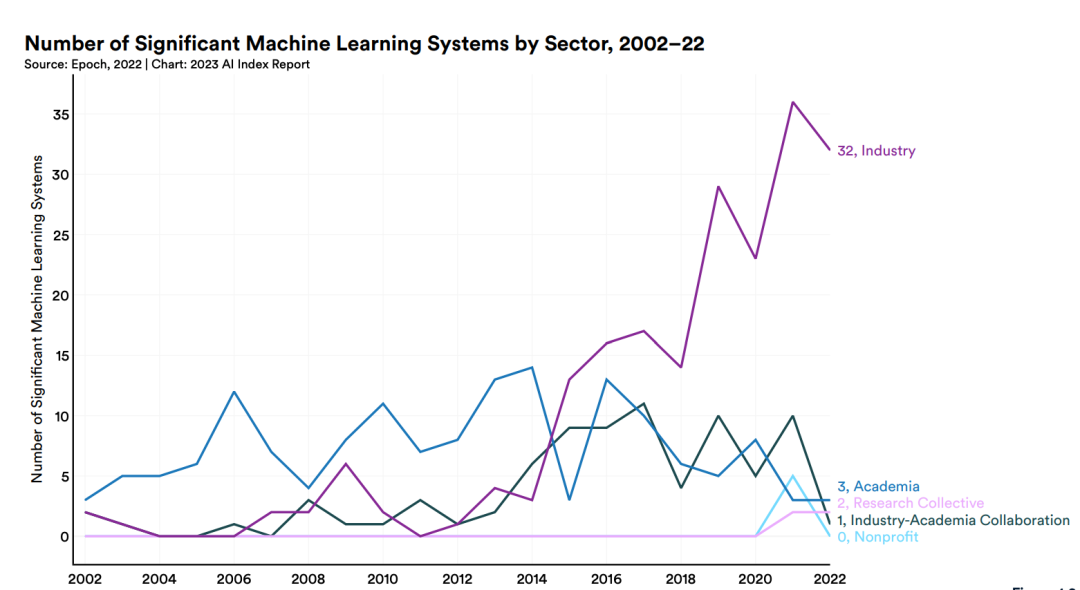
Previously, a research team from MIT and Virginia Tech published an article in the authoritative scientific journal Science , expounding the advantages of the industry in "data, computing power and talents", and discussed the hidden dangers that these advantages of the industry may bring , and possible countermeasures. ( Click to view details )
2. Traditional benchmark performance saturation
AI practitioners continue to publish state-of-the-art results, but at the same time improvements to many benchmarks are negligible. Additionally, the rate at which baseline saturation is reached is increasing. However, new, more comprehensive benchmark suites such as BIG-bench and HELM are being released.

3. AI can both help and harm the environment
New research shows that artificial intelligence systems can have serious environmental impacts. According to Luccioni et al., in 2022, BLOOM's training will emit 25 times more carbon than a one-way air passenger from New York to San Francisco. Still, new reinforcement learning models like BCOOLER show that AI systems can be used to optimize energy use.
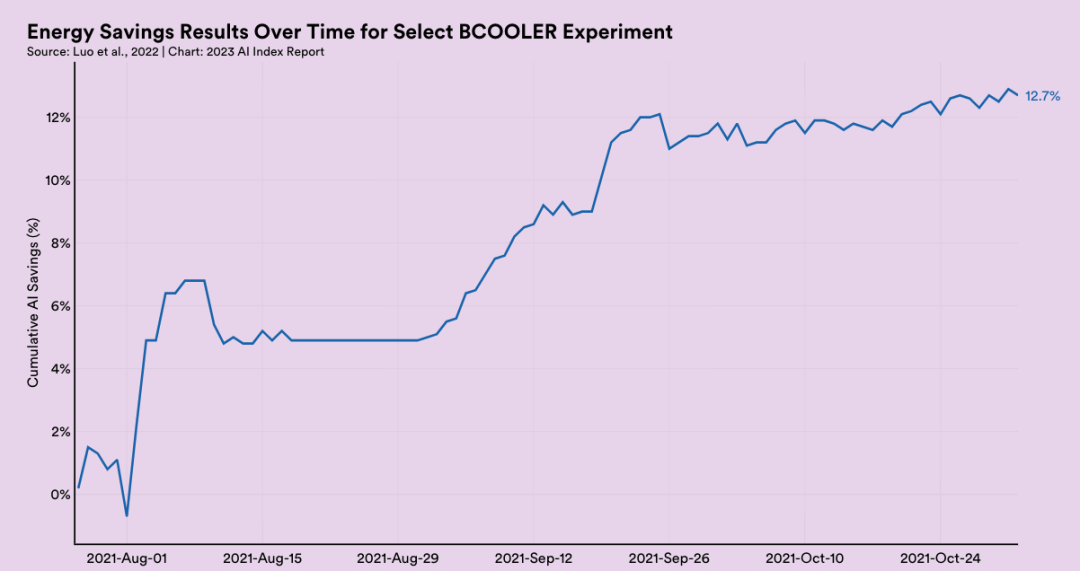
4. World's best new scientist... AI model?
AI models began to rapidly accelerate scientific progress, being used in 2022 to aid in hydrogen fusion, improve the efficiency of substrate manipulation, and generate new antibodies.

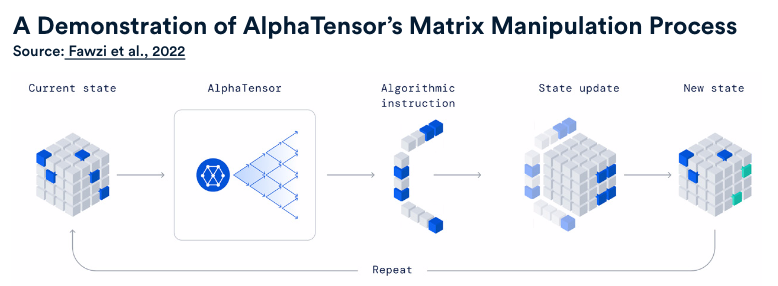
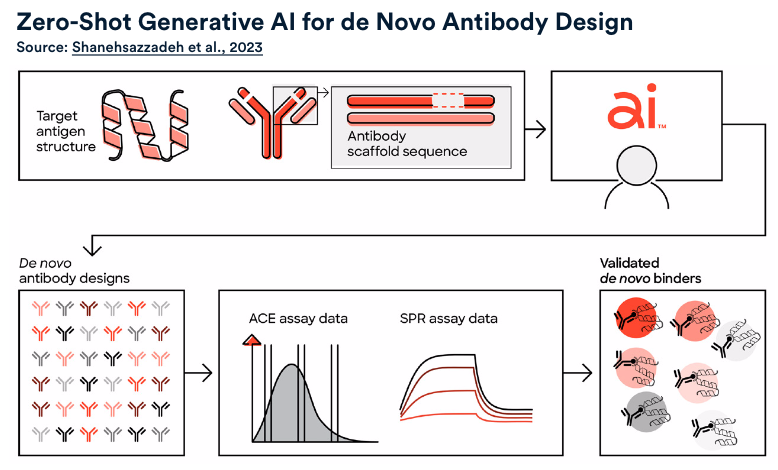
5. The number of incidents about the misuse of artificial intelligence is rising rapidly
The number of AI incidents and controversies has increased 26-fold since 2012, according to the AIAAIC database, which tracks incidents related to the ethical misuse of AI. This growth demonstrates both the increased use of AI technologies and an awareness of the potential for misuse.
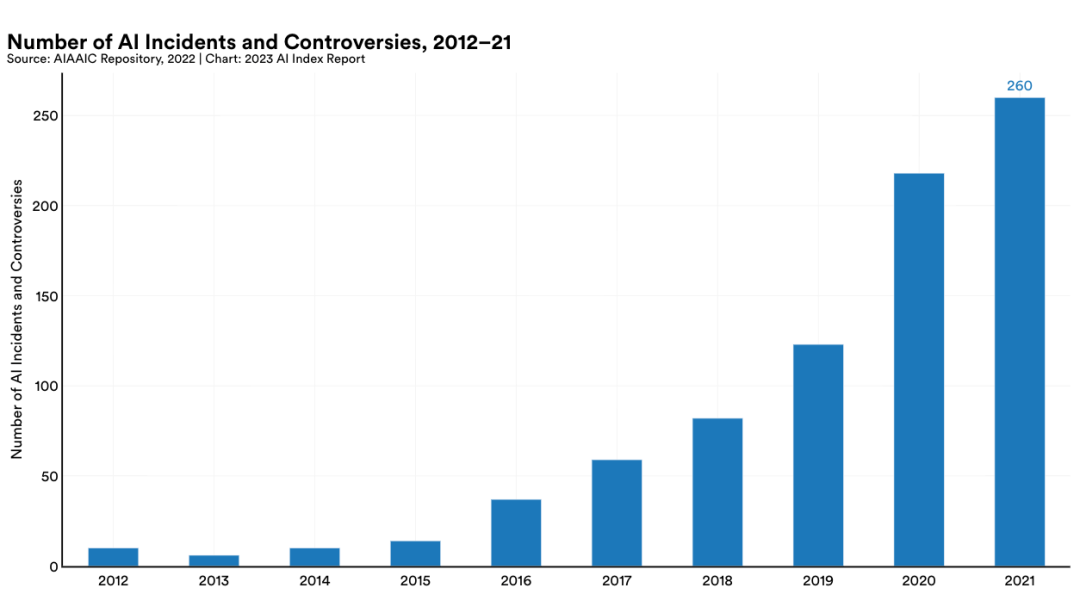
6. Demand for AI-related expertise is increasing in nearly all U.S. industrial sectors
In every U.S. sector for which data is available (except agriculture, forestry, fishing, and hunting), the number of AI-related jobs increases on average from 1.7 percent in 2021 to 1.9 percent in 2022. U.S. employers are increasingly looking for workers with AI-related skills.
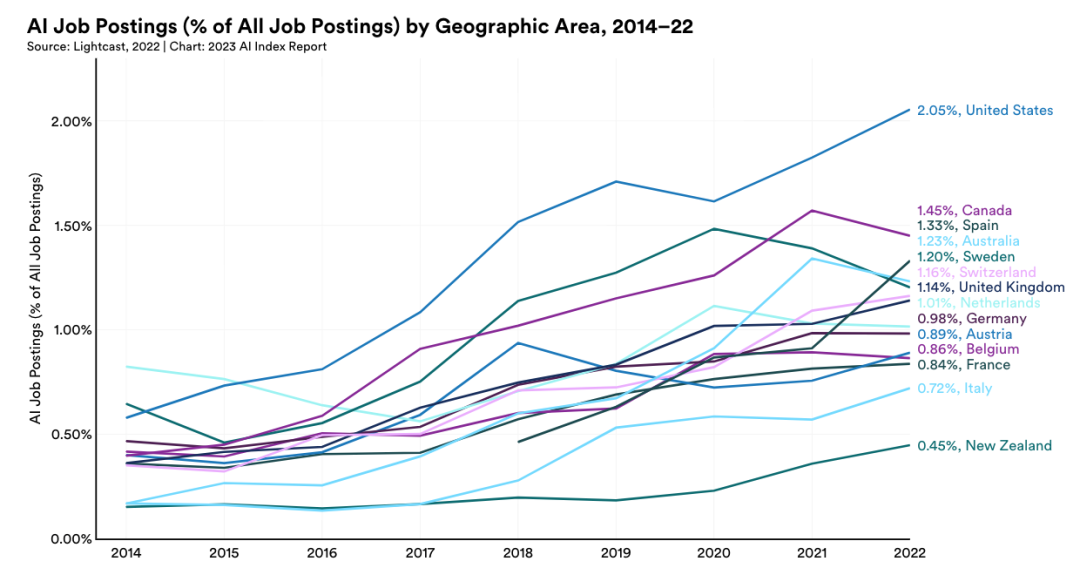
7. For the first time in the past 10 years, private investment in AI has declined year-on-year
In 2022, global private investment in artificial intelligence will be $91.9 billion, a decline of 26.7% since 2021. The total number of AI-related funding events and the number of newly funded AI companies also decreased. Still, AI investment has increased substantially over the past 10 years. In 2022, the amount of private investment in AI will be 18 times higher than in 2013.
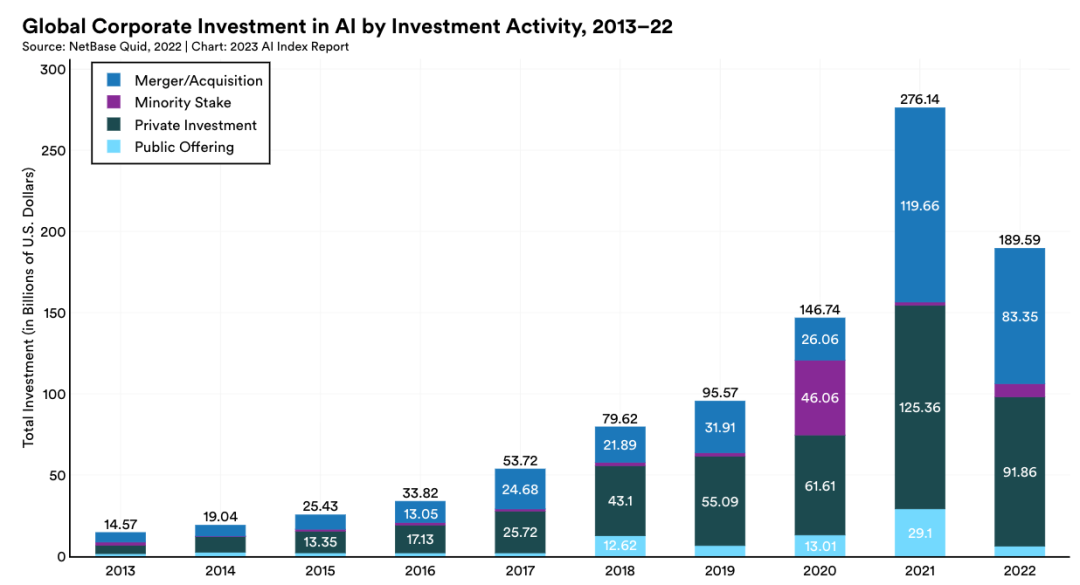
8. Meaningful cost reductions and revenue increases for companies adopting AI
According to McKinsey's annual research survey, the number of companies adopting artificial intelligence will more than double in 2022 compared to 2017, leveling off between 50% and 60%. Organizations that have adopted AI report meaningful cost reductions and revenue increases.
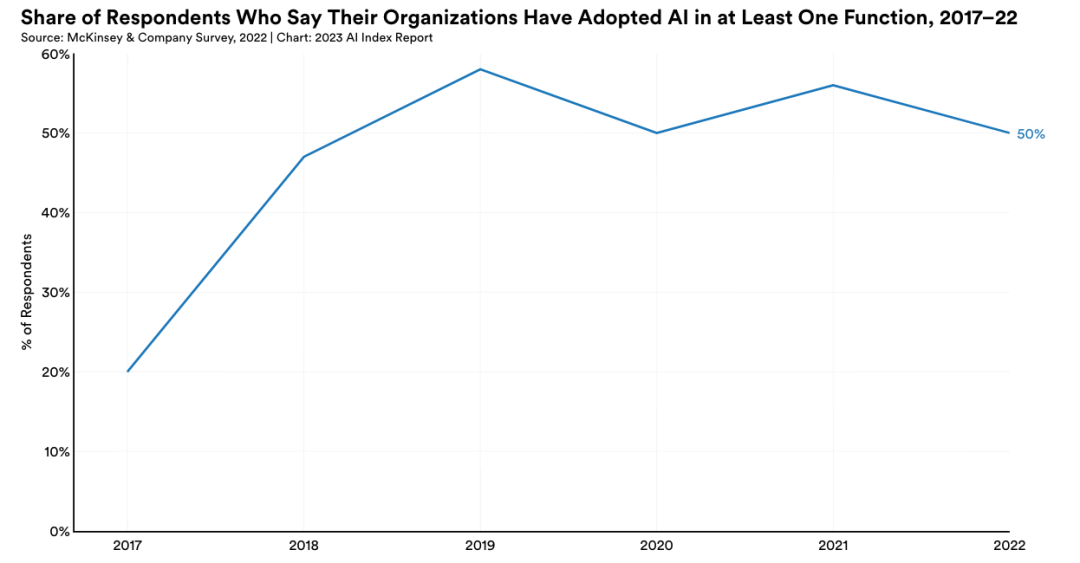
9. Policymakers’ interest in AI is on the rise
AI Index's analysis of legislative records in 127 countries shows that the number of bills incorporating "artificial intelligence" that have been passed into law has grown from just one in 2016 to 37 in 2022. An analysis of AI parliamentary records from 81 countries similarly shows that since 2016, the number of mentions of AI in the global legislative process has increased by almost 6.5 times.
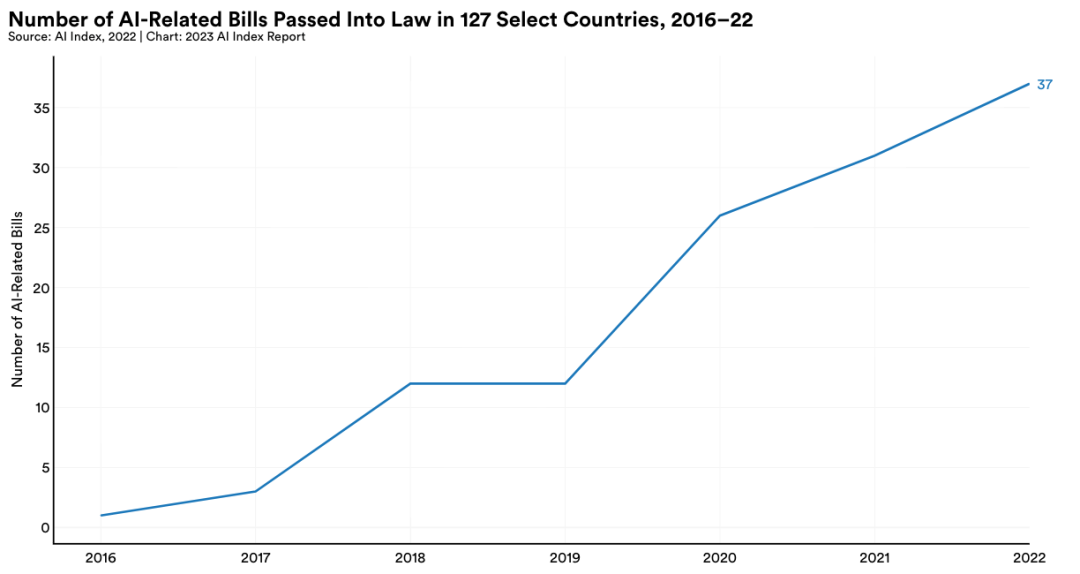
10. Chinese citizens are among the groups with the most positive feelings towards artificial intelligence products and services
In the 2022 IPSOS survey, 78% of respondents in China (the highest proportion of any country surveyed) agreed with the statement that the benefits of products and services using AI outweigh the disadvantages. After Chinese respondents, those from Saudi Arabia (76%) and India (71%) believe that the benefits of AI products outweigh the risks. Only 35% of US respondents, the lowest percentage among the countries surveyed, agree with this statement.
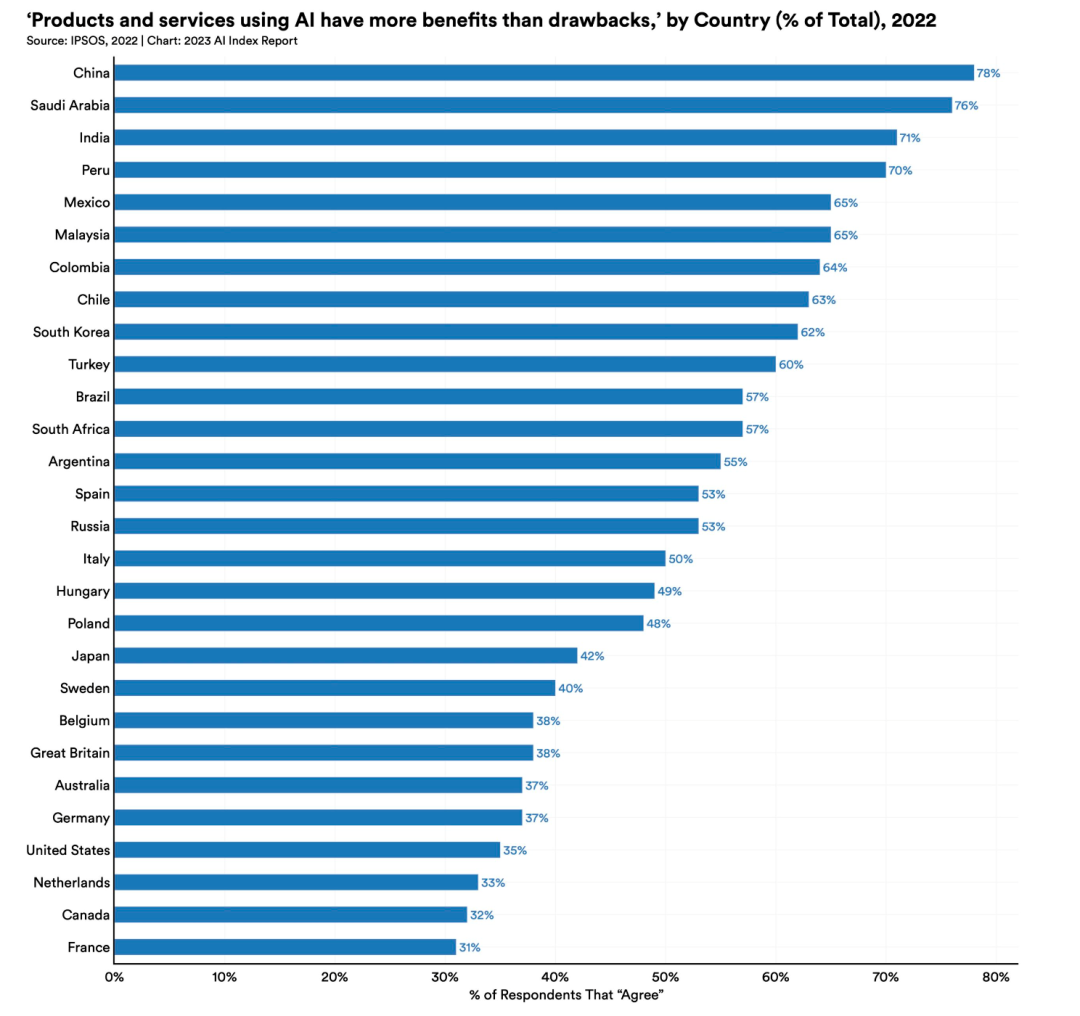
An era of extreme excitement and hype surrounding AI
The latest report devotes several chapters to the impact of AI on society. Although LLMs have only entered the public consciousness in recent months, AI is already having an impact in several fields.
Only 2 percent of federal AI-related bills introduced by U.S. lawmakers will pass into law in 2021. Last year, that number jumped to 10%. Meanwhile, at the state level, 35 percent of AI-related bills pass by 2022.
The education sector is also feeling the impact of machine learning. According to Stanford HAI research, as of 2021, 11 countries have formally recognized and implemented K-12 AI curricula. From 2010 to 2021, the number of U.S. college graduates specializing in AI nearly doubled, to 19.1 percent.
“We are in a time of extreme excitement and even hype surrounding AI,” said Katrina Ligett, a professor at the Hebrew University School of Computer Science and Engineering and a member of the AI Index Steering Committee. Information becomes more important, allowing us to have more fact-based debates and highlight areas around AI and its data that are lacking coverage and impact."
Reference link:
https://aiindex.stanford.edu/report/
https://siliconangle.com/2023/04/03/stanford-hai-releases-latest-ai-index-report/
https://hai.stanford.edu/news/2023-ai-index-year-technical-achievement-newfound-public-scrutiny
END
Welcome to join Imagination GPU and artificial intelligence communication group 2

Join the group, please add the editor WeChat: eetrend89
(Please add company name and title)
recommended reading
Dialogue with the Chairman of Imagination China: Using GPU as the fulcrum to strengthen software and hardware collaboration to facilitate digital transformation
Imagination Technologies is a UK-based company dedicated to the research and development of chips and software intellectual property (IP). Products based on Imagination IP are used in the phones, cars, homes and workplaces of billions of people around the world. For more information on cutting-edge technologies such as the Internet of Things, smart wearables, communications, automotive electronics, and graphics and image development, welcome to Imagination Tech!
